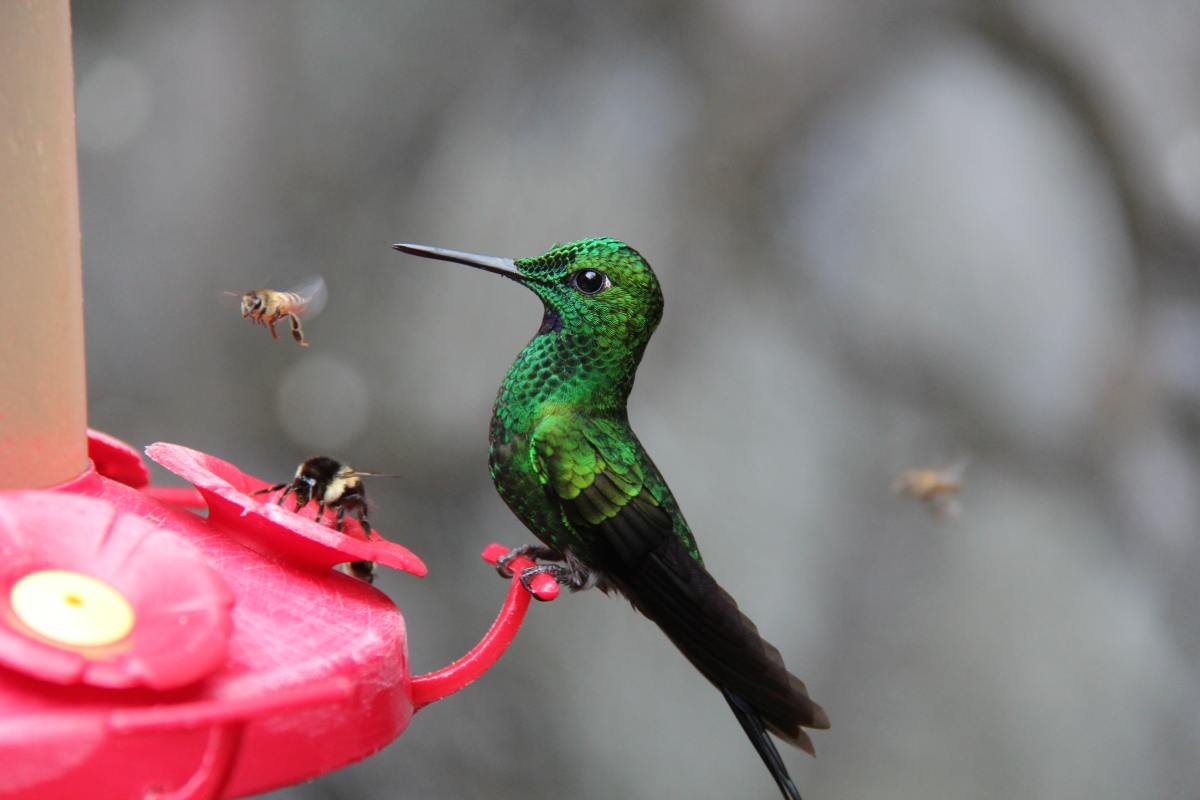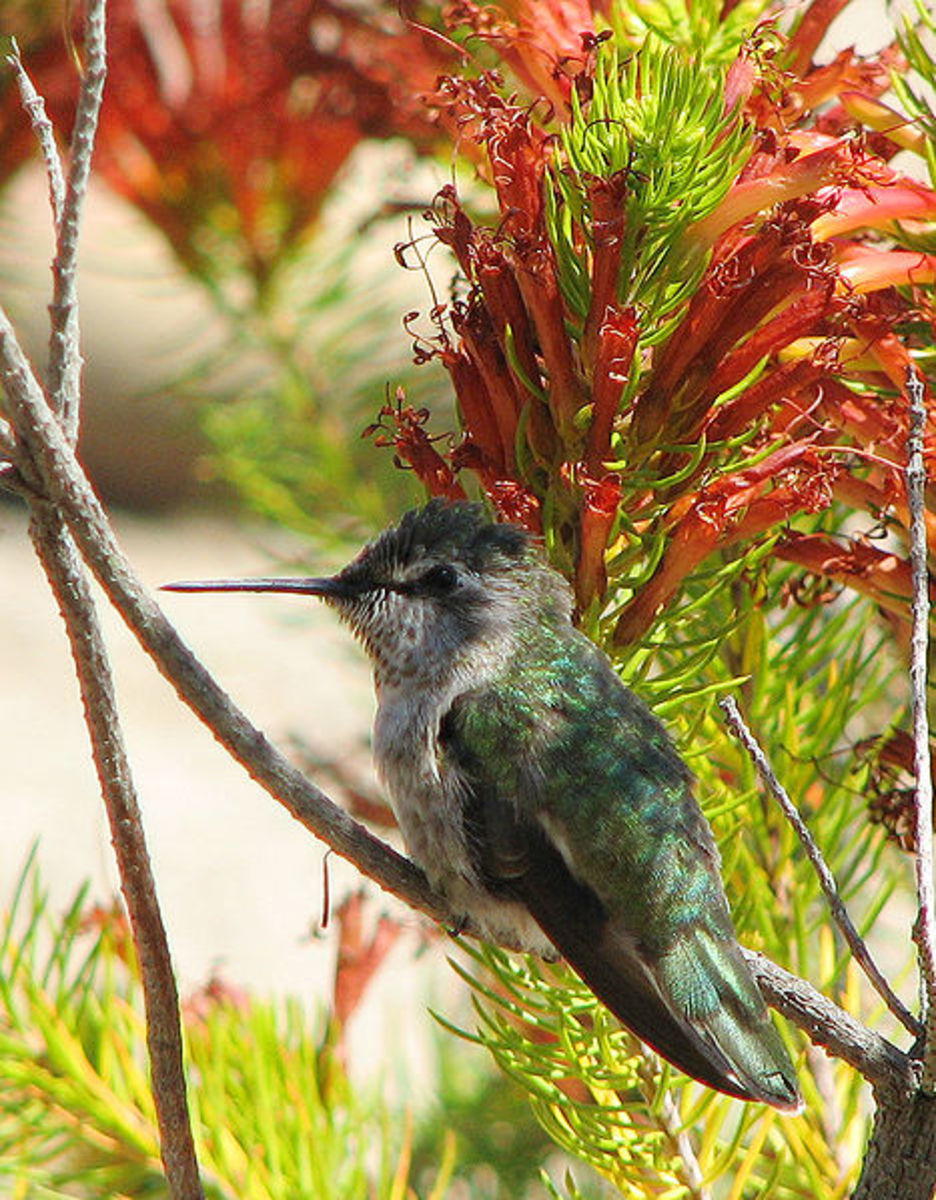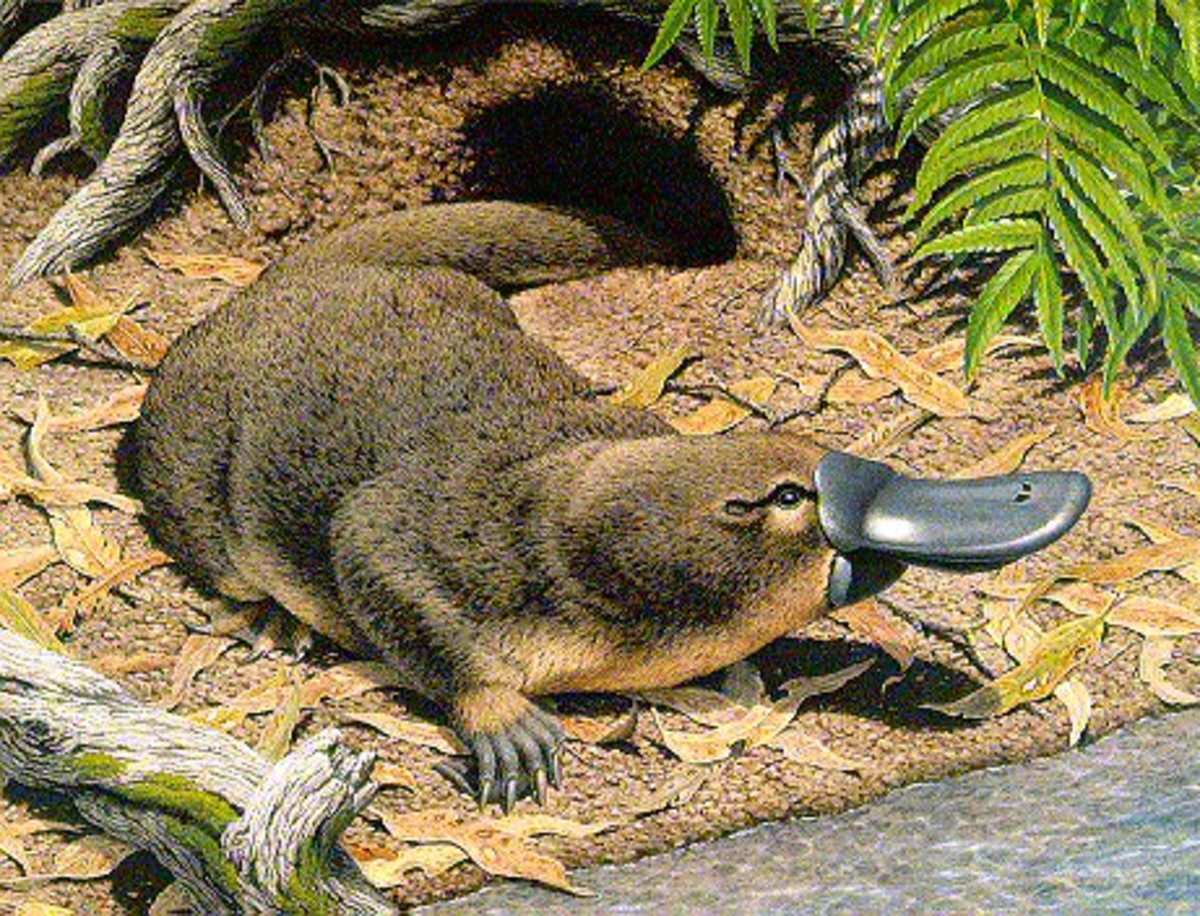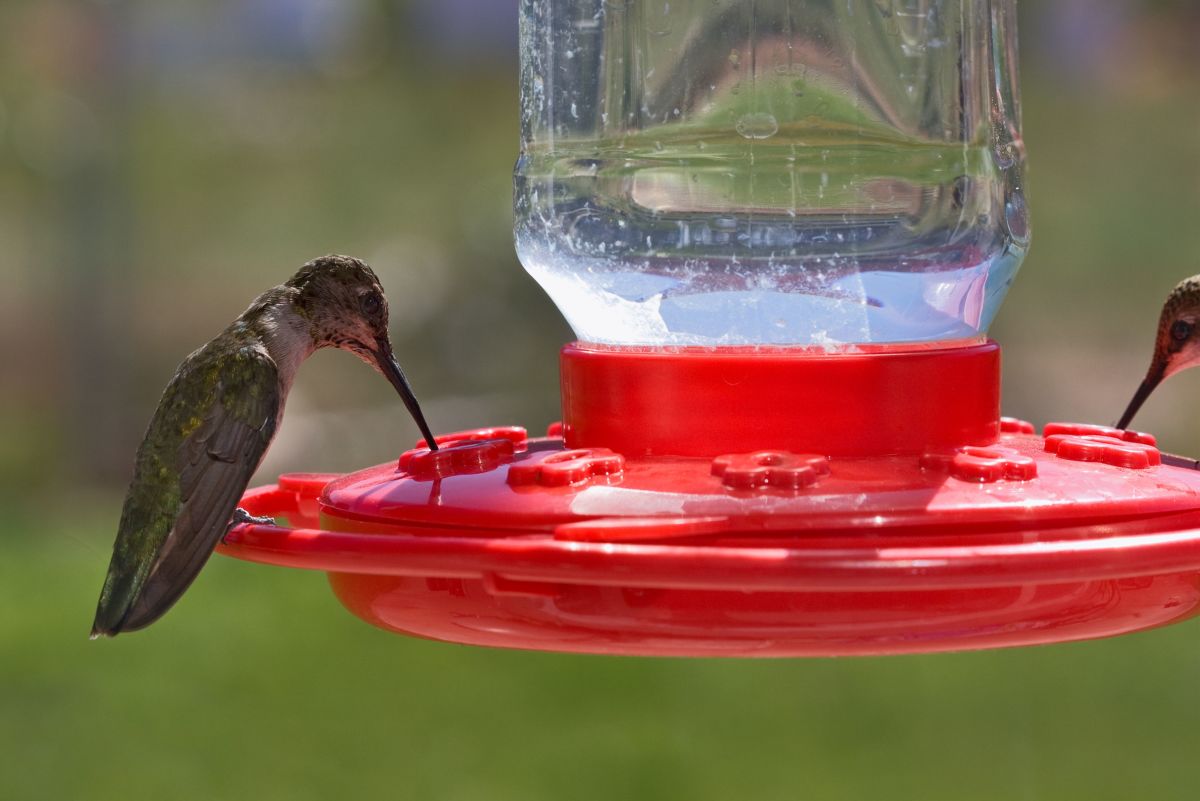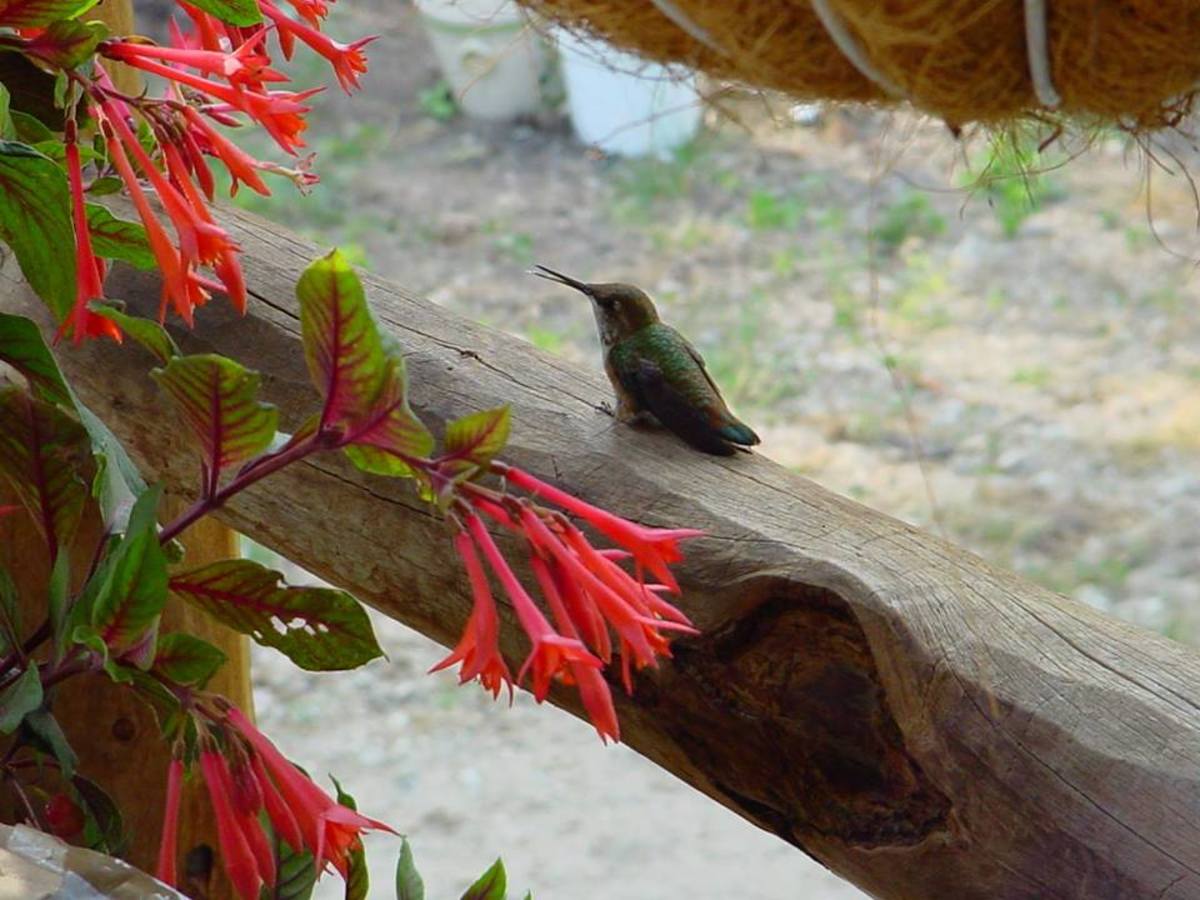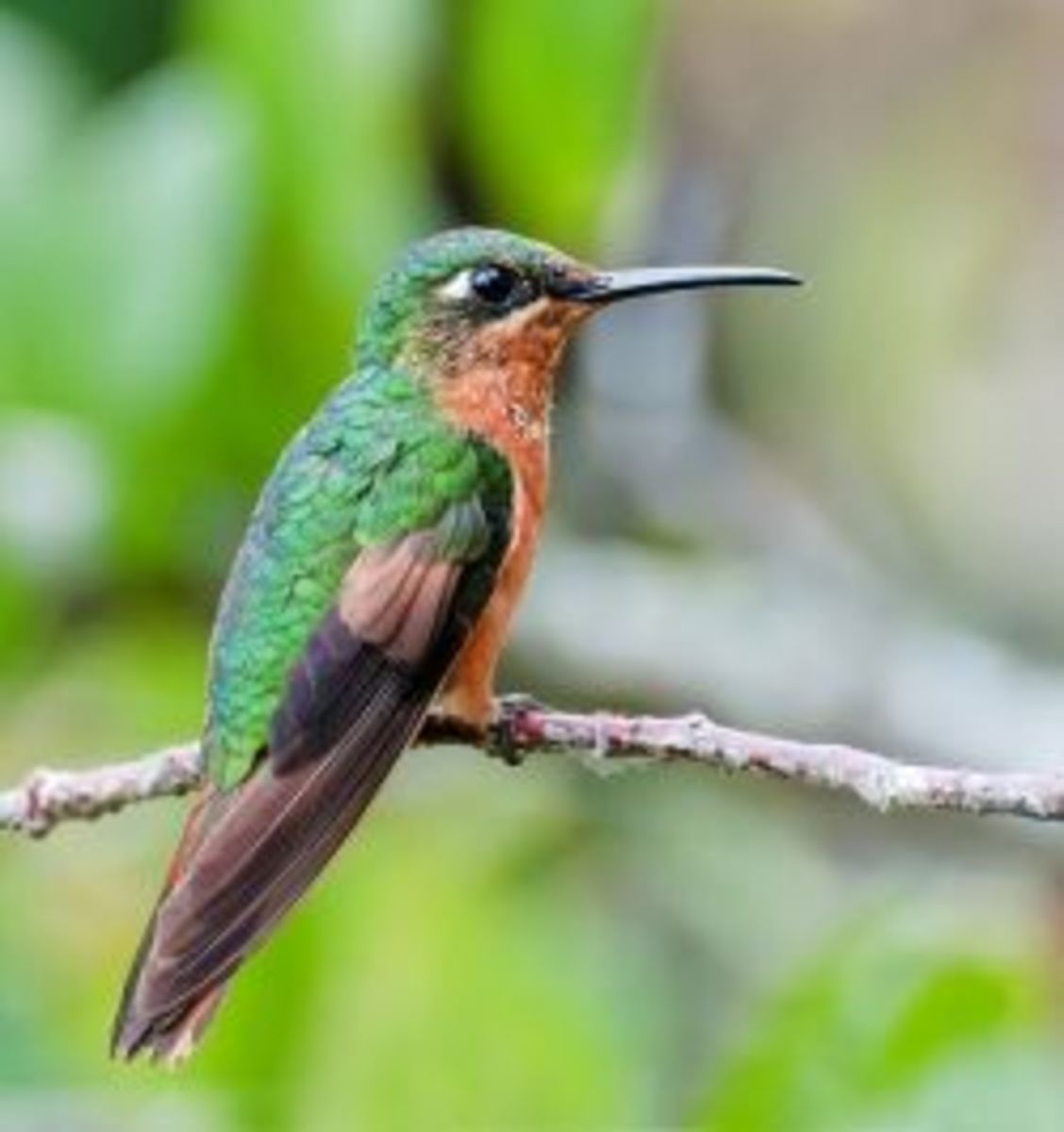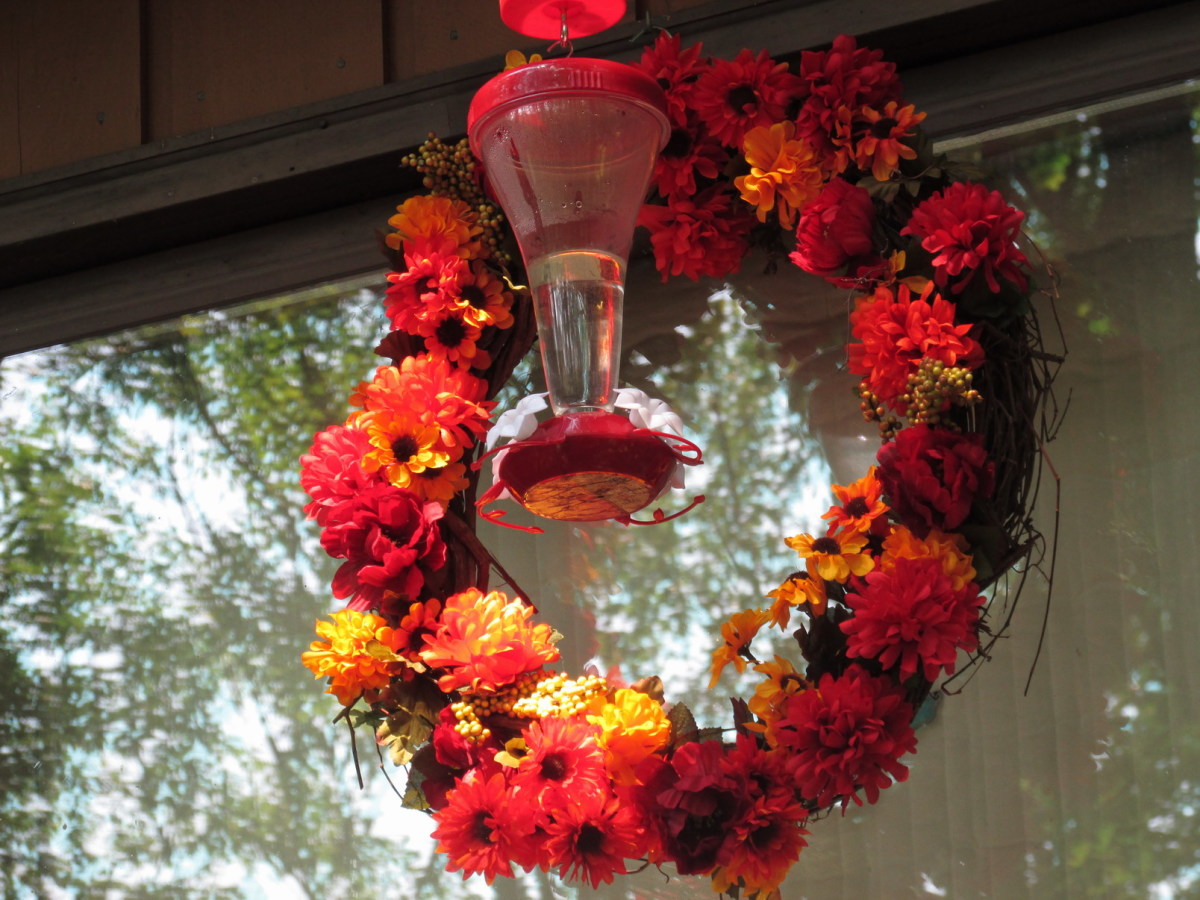Interesting Facts About Hummingbirds - Where to Buy Hummingbird Feeders
Are you searching for where to buy hummingbird feeders, your search ends here
Hummingbirds belong to the Trochilidae family of birds characterized by their small size ranging from 5” up to 20 cm. Interestingly only in America, there are around 330 species of hummingbirds and there are about 54 species of hummingbirds in Costa Rica alone. Hummingbird family extends from Tierra del Fuego to Alaska but most of them are tropical birds. The coloration of sexes of hummingbirds is different. The tongue of hummingbirds is very long, branching, and tubular finished with a brushy tip perfectly suitable for catching insects and sucking nectar. The legs of hummingbirds are weak and short used only for settling after a flight, not good for walking. The wings of these birds make a humming sound and that is why they are called as hummingbirds.
Some Interesting Facts About Hummingbirds
- The hummingbirds have developed a wealth of habitats, among which the least popular are the mangroves, moors, and savannas, as most hummingbirds love to live in the rainforests and evergreen forests.
- Hummingbirds are of great importance for insects and bats and plants, as they play an important role in plant pollination. To accomplish this, various types of hummingbirds have developed different adjustments that include peaks, which have different shapes and sizes for pollination of different types of flowers.
- Hummingbirds are very active and this requires them to consume a lot of nectar.
- An interesting fact is that some hummingbirds are able to consume half their weight of nectar.






- Another interesting fact of hummingbirds includes their ability to regulate temperature in cold highlands.
- Despite their small size but high metabolism rates, they possess an energy saving mechanism, which helps them to survive without food by lowering their metabolism rates to 1/15th of normal sleep.
- Hummingbirds have adapted to a range of social behaviors, ranging from surviving alone to living in a complex social organization, according to species.
- The flowers visited by hummingbirds are tubular and have abundant nectar and are generally in shades of red, orange, or pink.
- A single hummingbird visits up to 1000 flowers per day for feeding nectar.
- Interestingly, hummingbirds are very fast and can flap their wings up to 70 times in one second staying in the same place while extracting the nectar of flower.
- White hunting for nectar, a hummingbird can fly at a speed of 60 to 80 km per hour and can dive at 60 miles per hour.
- The breeding season of hummingbirds varies dramatically depending on where they are located.
- Many male hummingbirds are polygamous and after mating, they forget their responsibility as fathers and move on to mate with other female birds.
- Hummingbirds become a prey of snakes, owls, mammals, and other reptiles.
- Hummingbirds lay 2 eggs at a time, which are very large relative to their body size. The incubation period of hummingbirds lasts from 15 to 21 days. Humming bird chicks are born without feathers and with eyes closed. At 2 or 3 days of their birth, the chicks are covered with a grayish coat and slowly begin to grow feathers on the upper body. Humming bird chicks open their eyes at 14 days after hatching.
- Although hummingbirds feed primarily on nectar from flowers, they supplement their diet with small insects and spiders that they trap when they visit some flowers.
- Hummingbirds are the world’s smallest birds and they live anywhere between 5 to 10 years.
- Hummingbirds are the fastest breathers found on earth and breathe anywhere from 300 to 400 times per minute.
- For mating, due to their polygamous nature, several male hummingbirds try to identify the foraging path of female hummingbirds and every male hummingbird tries to woo the female bird by singing and flapping of wings and the female hummingbird chooses the male with the best covering of feathers and best song.
- A hummingbird is the best master of art of flying and diving from air.
A Beautifully Flying Hummingbird



